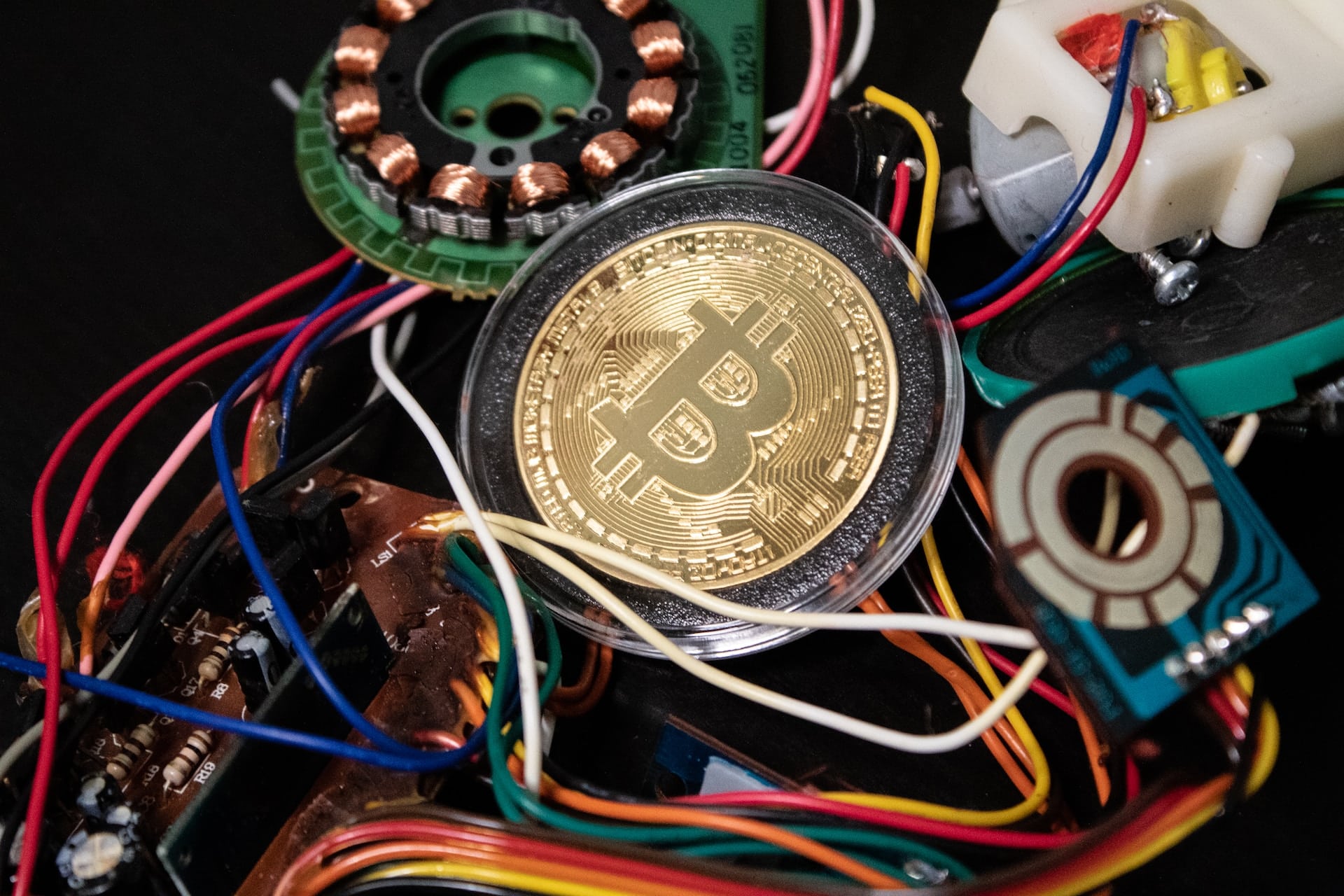In this guide, we’ll take a look at what solo mining Bitcoin is, how it works, and let you in on whether you can make money solo mining.
What Is Solo Mining?
Solo mining bitcoin is the process by which a single miner carries out the Bitcoin mining process alone without being part of any mining pool. Contrary to how miners in a pool come together to contribute their hash rate to mine Bitcoin, solo mining isn’t dependent on any third party.
It’s a tad bit difficult to talk about solo mining Bitcoin without first understanding Bitcoin mining. So, let’s quickly summarize what Bitcoin mining is, plus how it works.
Bitcoin mining is the process through which the Bitcoin network processes transactions and how new coins enter circulation. It involves the use of specialized mining hardware coupled with the utilization of computational power or hash power to solve complex calculations.
Read more: What Is the Bitcoin Hashrate and Why Does It Matter?
The first miner to solve the complex computational process wins the Bitcoin block reward, which is currently 6.25 BTC. The block reward was designed to reduce nearly every four years, in a process called Bitcoin halving, with the next being sometime in 2024.
You can start mining Bitcoin as a solo miner or join a mining pool. A mining pool allows several miners to pool their computational power and increase the chances of winning block rewards. Although most Bitcoin mining has been through pools, some miners have ventured alone as solo miners.
How Does Solo Mining Bitcoin Work?
For solo Bitcoin mining to work, miners must first link their mining devices to their native Bitcoin wallet and then start contributing hash power to the Bitcoin network.
If the solo miner fulfills the entire mining process on the Bitcoin network and finds a block, they will earn the whole block reward. Solving for a new block while solo mining depends on the amount of hash power you have. Solo miners, therefore, need to invest significantly in their at-home mining setup to generate enough computational power to compete with pool miners.
Learn more: Bitcoin Mining Difficulty: A Beginner’s Guide
At the onset of crypto mining, solo miners were able the generate mining profits because the hashing difficulty wasn’t too high, enabling early miners to mine using laptops and PCs. Today, however, that’s not the case. As the mining community professionalized and turned into an industry, the increasing hashing difficulty has de facto pushed small miners out of the market due to a lack of consistent profitability (despite the massive increase in price since the early days of bitcoin).
Solo miners also need to exercise a lot of patience. You can either solve a complex block calculation within a short time and get your reward or have it extend to years of you trying. Besides, the Bitcoin mining difficulty adjusts after every 2016 blocks to keep the rate at which new blocks are added to the network at about ten minutes.
Still, solo mining Bitcoin has its benefits, like winning the whole block reward to yourself without having to split it with other miners.
Can You Really Make Money Solo Mining?
The simple answer is yes.
There have been stories of solo miners who went at it alone, successfully found new blocks, and won the entire block reward. For example, in June 2023, a solo Bitcoin miner was able to add a new block to the network, earning the 6.25 BTC reward, which was worth over $250K at the time.
While there have been a few lucky solo miners, it’s important to mention that solo mining isn’t as easy as you’d want to imagine it to be. The initial capital investment required is quite costly, and you’d also incur operating costs. You also have to factor in cooling technology, downtime, electricity costs, and possible repair costs.
Solo Bitcoin mining is a gamble. If you don’t have the patience and capital investment required, consider joining a pool instead if you want to increase the chances of your mining operations becoming profitable.




